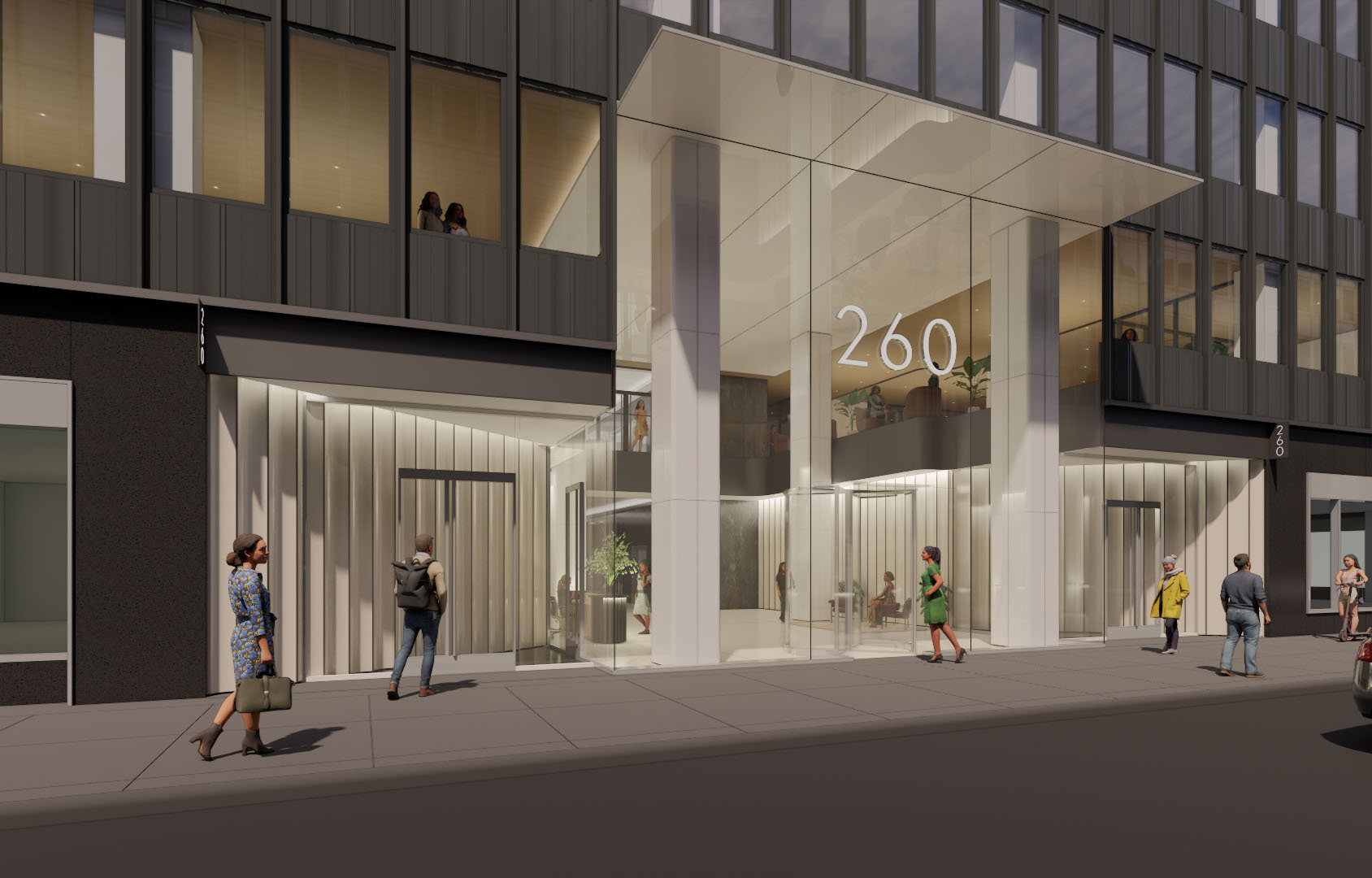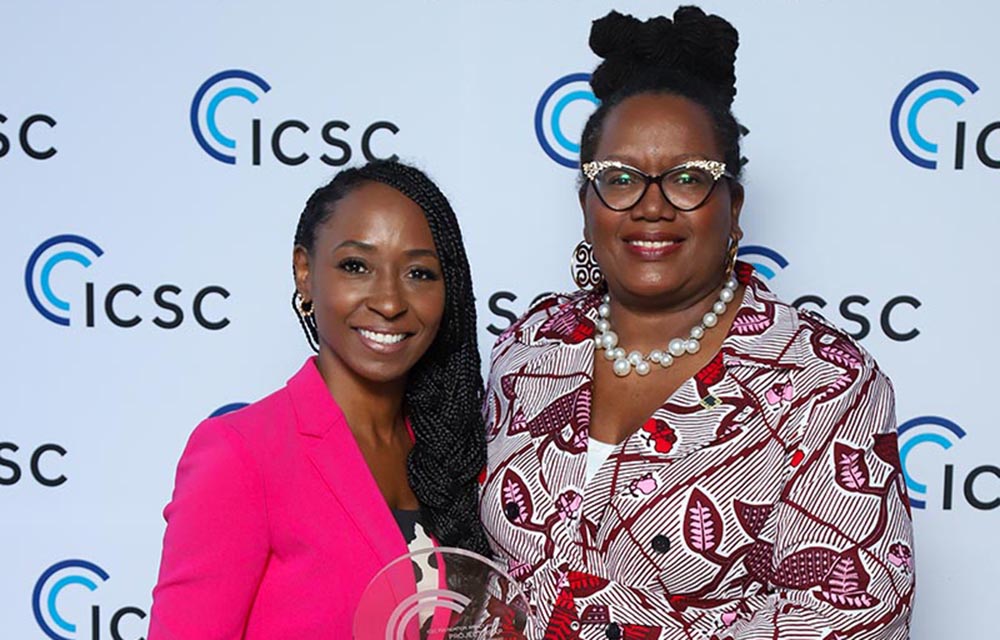A powerful tool in real estate valuation: Understanding the “Big Four” real estate rates - by John Rynne
Over the years Rynne, Murphy & Associates, Inc. has compiled quarterly real estate rates which apply primarily to Upstate New York and northwest and west central New England, including:
1. Equity dividend rates;
2. Equity yield rates;
3. Discount rates; and
4. Overall capitalization rates.
From time to time I’ve written articles about the differences between these rates because of the many inquiries into how the survey is put together and what comprises the four rates. I can’t possibly answer each inquiry personally, but this article will be a good reference.
The most high profile of the “Big Four” rates are overall capitalization rates which command the most notoriety but equity dividend rates, equity yield rates and discount rates also play a very important role in valuation. In fact, they are the building blocks of overall capitalization rates (Ro). Documenting “Big Four” real estate rates is based upon:
A) Abstraction from sales;
B) Band of Investment techniques; and
C) Opinions of investors and other market participants.
Ro can be estimated using band of investment techniques which utilize the other three of the “Big Four” rates. Understanding the interrelationship between the “Big Four” rates can make a difference in the quality of the appraisal report.
The Equity Dividend Rate (Re), sometimes called “cash on cash” return % is estimated by dividing cash throwoff (CTO) by the equity, or CTO/Equity(Ve). Re can be used to calculate Ro via the Equity Dividend Band of Investment formula:
((re x (1-m)) + (rm x m))
Where “m” is the loan/value %, (1-m) the equity % and Rm is the annual constant.
Equity Yield Rate (Ye) is the summation of the equity dividend rate and the annualized change in the equity position. The change in the equity position is attributed to a change in value and mortgage amortization over a holding period. It is based upon market requirements for similar properties. The overall rate (Ro) can be used to calculate Ro by the Equity Yield Band of Investment technique:
( (Ye x (1-m) ) + (Rm*m) - (m x p x SFF) - (^Vo x SFF)
“p” is the principal paid off % over the holding period and the SFF is the sinking fund factor at the Ye rate over the holding period. ^Vo is the % change in the property value.
Discount Rate is also referred to as a risk rate or an internal rate of return. The interest rate on a mortgage could be considered a discount rate in relationship to the annual constant. Another way of categorizing it is in the previous equation of the Equity Yield Band of Investment technique where property discount rate can be calculated as the rate before the principal paid off step and the change in property value step; outlined as follows:
(Ye x (1-m) ) + (Rm x m)
The Overall Capitalization Rate is a ratio of Net Operating Income (NOI)/Value. As an example, if NOI is $1,593,895 and the sales price is $22 million. The overall capitalization rate is 7.24%.
($1,593,895 / $22 million)
Ro can also be calculated by the previously discussed:
A) Equity Dividend Band of Investment; and
B) Equity Yield Band of Investment technique.
The Equity Dividend Rate is always less than the Equity Yield Rate for leveraged properties in an appreciating, stable, stagnant, or mildly depreciating market. The Equity Dividend Rate can be more than the Equity Yield Rate in a very high depreciating market. In a substantial depreciating market, the Equity Dividend Rate can be greater than both the Equity Yield Rate and the discount rate. When that happens the Overall Capitalization Rate can be greater than the Equity Dividend Rate and Discount Rate. The Overall Capitalization Rate is always less than Equity Yield Rate for leveraged properties in an appreciating, stable, stagnant, or mildly depreciating market. This applies primarily to leveraged (mortgaged) transactions.
For “all cash” (non-leveraged) transactions the “Big Four” rates sometimes correlate differently to each other. As an example, the Overall Capitalization Rate is always equal to the Equity Dividend Rate in all cash and non-leveraged transactions.
Selecting the “Big Four” rates is based upon property sales activity in a region. Lower end rates generally represent newer/modernized, higher quality suburban properties. Some single tenant high credit leases reflect some lower rates, but are the exception. Upper end rates generally represent older lower quality urban properties or highly distressed properties. These rates assume that adequate management and reserves are considered. There is an extraordinary wide range of rates for nursing homes and hotels depending upon what combination of real estate, business enterprise value (BEV) and furniture, fixtures & equipment (FF&E) is being appraised.
In summary, understanding the “Big Four” real estate rates is and will remain a powerful tool in real estate valuation.
Our rate survey is at www.rynnemurphy.com.
John Rynne, MAI, SRA is the president and owner of Rynne, Murphy & Associates, Inc., Rochester, N.Y.
AmTrustRE completes $211m acquisition of 260 Madison Ave.


Lasting effects of eminent domain on commercial development - by Sebastian Jablonski

Strategic pause - by Shallini Mehra and Chirag Doshi

Behind the post: Why reels, stories, and shorts work for CRE (and how to use them) - by Kimberly Zar Bloorian









.jpg)
.gif)
.gif)